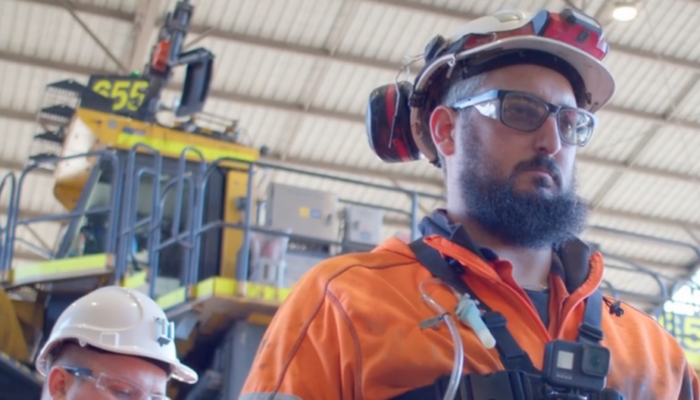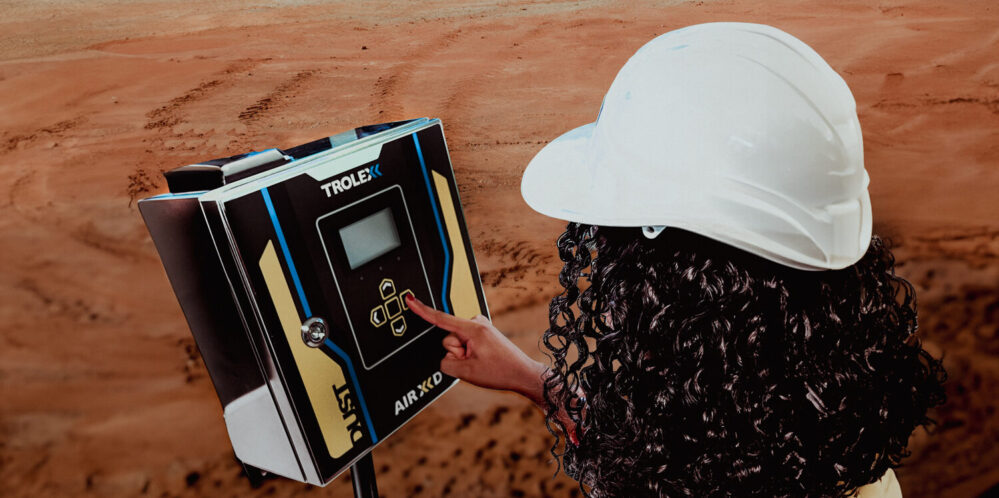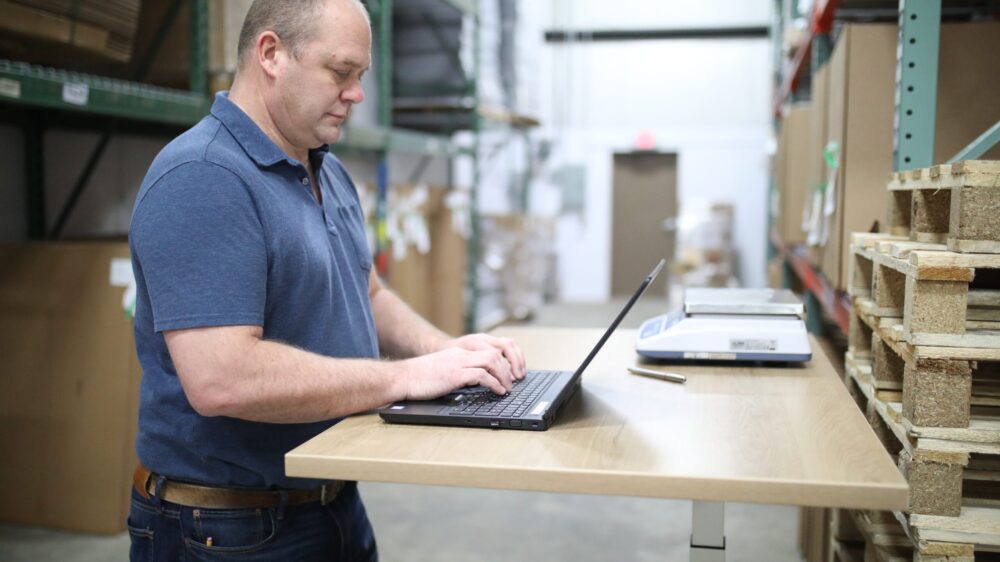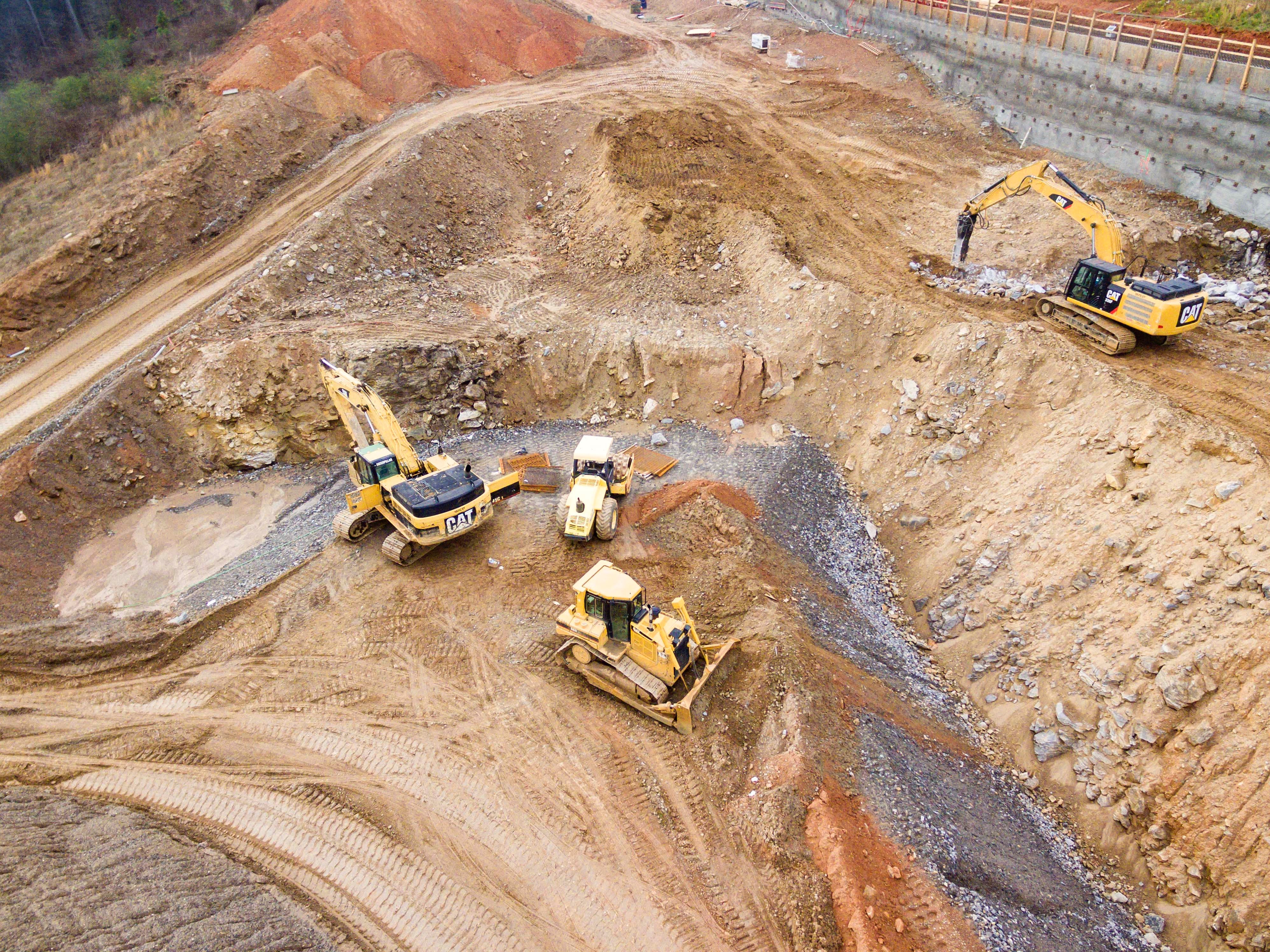Case Studies
Hunter Valley Operations:
Using Real-Time Monitoring to Control Dust Exposure
Managing Chemical Risk in a Large Organisation
Evaluating the Storage of Hazardous Chemicals in Australia
Hazardous Chemicals and Dangerous Goods – Simplifying the situation
Dual Focus – The Health Risk Assessment and Task Analysis Project
Asbestos Containing Materials in Fires
Insurance and Building Remediation
Multi-Building Removal and Demolition







